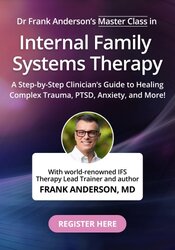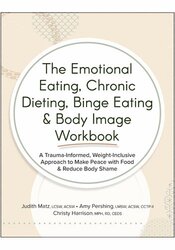Enrol in an online course today for flexible, self-paced learning—no fixed schedule required. Plus, enjoy lifetime access to course materials for convenient revisiting.
How Dance Movement Psychotherapy Helps Young People

In a society where we are being cognitively overwhelmed and physically burdened, it’s vital that we stop compartmentalising between support for mental health and support for physical health but instead support for the whole person. But what happens when the very tool we rely on to experience and respond to life feels disconnected, absent, rejected?
As Imran Hussain, the director of policy and campaigns at Action for Children, puts it: “Every day our frontline services see children and teenagers struggling to understand how they fit into the world. They have to contend with things like intense pressure at school, bullying, problems at home, all while navigating a complex 24/7 world with constant stimulation from social media.”
With half of all mental illnesses beginning by the age of 14 and suicide named as the biggest killer of young people in the UK, there is a call to review how we can best support this overwhelmed generation into a healthier future.
In my clinical experience, I believe that the antidote to modern life is through rebuilding a relationship with our moving and feeling body, to offer space towards acceptance and validation of our reality.
Dance Movement Psychotherapy provides a creative space to begin to rebuild a relationship with yourself, to ‘try out’ new ways of being, so that a person may begin to reconnect to self and others.
Due to gestures and movements sharing the same neuromuscular pathways as our feelings and emotions, we know that changes in the way we move through life can directly impact how we feel. For example, holding our body in a bound, tense posture can be linked to having rigid views and feelings of isolation. Allowing the body to explore more fluid ways of moving always allows space for perspectives to open up, enhancing ways of relating.
There is a fundamental difference between having a body (passive) and moving a body. The moving body brings with it a sense of agency and empowerment, so that a young person may feel in a more grounded position to manage the stress of our modern life.
Unfortunately, with the prioritising of tech, we are becoming more disconnected to our living, breathing self and those around us; this is having a detrimental impact on our mental health.
As a society, our prioritising of verbal languages has meant that we have become very good at masking our authentic emotions. Returning to the body as a means of communication is, perhaps, a vital step towards understanding our difficulties and ways of managing – connecting to what our body language is communicating to us.
Often finding the words to communicate our distress can be overwhelming and even exposing. The non-verbal aspect of Dance Movement Psychotherapy supports a person in
communicating their needs while experiencing a sense of being heard and validated, without having to name/ label the feeling. This is hugely liberating for the individual.
Unfortunately, due to the demands of our world, there is little time for our young people to play, rest or explore without the accompanied feeling of guilt. The Dance Movement Psychotherapy space, whether in an individual or group session, is a space to reconnect to our primal needs and drives and where we can get in touch with feelings held in our bodies before they take hold of us.

















